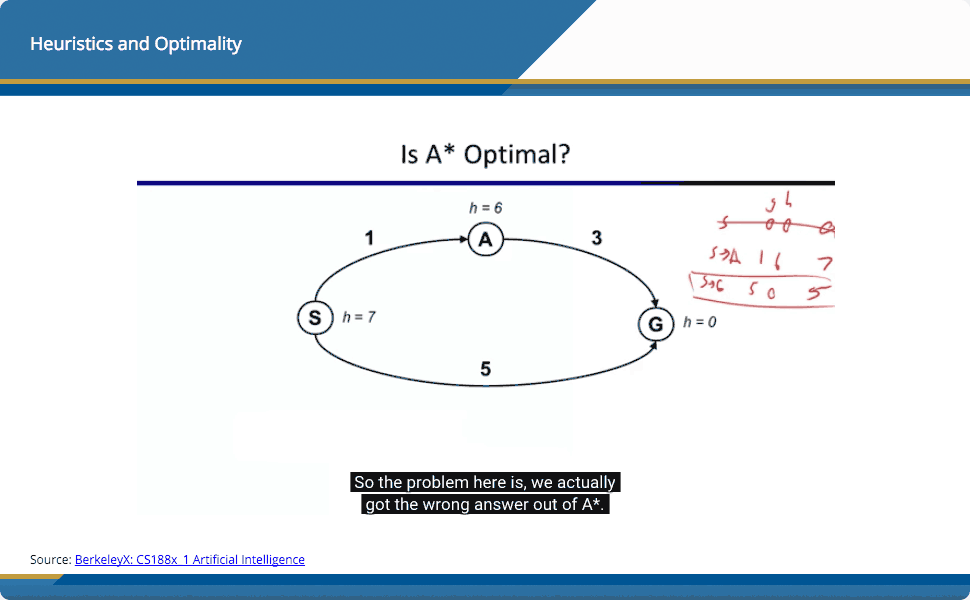DEMOComputer Sciences200Modules1k+Students2014First Deployment1CoursewareCreator
Professor uses active and adaptive learning to increase student engagement and mastery of content.
Intro
For the past three semesters, Richard Simpson has used the Smart Sparrow learning design platform to teach introductory computer sciences courses in artificial intelligence and programming language concepts at the New York Institute of Technology. To support his flipped classroom approach, Prof. Simpson created online reading assignments consisting of adaptive instructional models within the platform that would allow for students to demonstrate their understanding of course content, while engaged in active learning. Since first introducing the Smart Sparrow tools to both courses just over a year ago, Prof. Simpson has developed over 200 modules as part of his homework-class-quiz cycle.
Challenge
As an instructor of computer sciences, a type of course that already encourages students’ use of technology, Prof. Simpson saw the need for an online assessment that would support a flipped classroom teaching model and provide quick feedback on how well students understood the materials they viewed and read at home. He also needed a tool that would reinforce students’ active learning skills by using questions to generalize or apply what they had just read.
In addition, Prof. Simpson wanted to be able to personalize instruction so that he could spend more time with students who needed extra assistance without slowing down the progress of students who were advancing further along. Lastly, the professor was looking to better accommodate students from NYIT’s international campuses who were less proficient in the English language.

Solution
Using Smart Sparrow’s platform, Prof. Simpson was able to address the wide disparity in preparation among his students. Prof. Simpson used the tool to track individual student performance and to create his own learning modules that enabled him to adapt the path students took through the material based on their needs. And from the detailed information Prof. Simpson gathered on his students’ understanding of material, he was able to better prepare for class time instruction, which ultimately led to him being more effective in the classroom.

Another artificial intelligence lesson screenshot
Prof. Simpson incorporated videos into the adaptive lessons with closed captions and transcripts, so students with learning disabilities and international students were able to better understand course material.
Results/Benefit
Since the implementation of Smart Sparrow in his course curriculum, Prof. Simpson has received positive feedback from both students and fellow faculty members. Prof. Simpson polls his students in a mid-semester and end-of-semester course survey to get their feedback on the use and effectiveness of technology solutions used in his classroom, and so far, he has always received positive feedback on the Smart Sparrow platform.
Looking ahead, Prof. Simpson looks forward to integrating interactive JavaScript activities into his learning modules, and taking advantage of Smart Sparrow’s advances in the editing environment, as well as features that have recently been added in for managing a class.Further ahead, Prof. Simpson hopes to expand the use of Smart Sparrow’s platform in NYIT’s department of computer science and school of engineering.
Student feedback
“I enjoyed using smart sparrow to learn the subject matter, it was an easy way to study the information from whichever computer I was near at the time. “
“SmartSparrow platform is an EXCELLENT learning tool. It can be used to study past material before tests. The program tests you on the material as you go along to make sure you are learning and not just passing glazed eyes over the text. “


